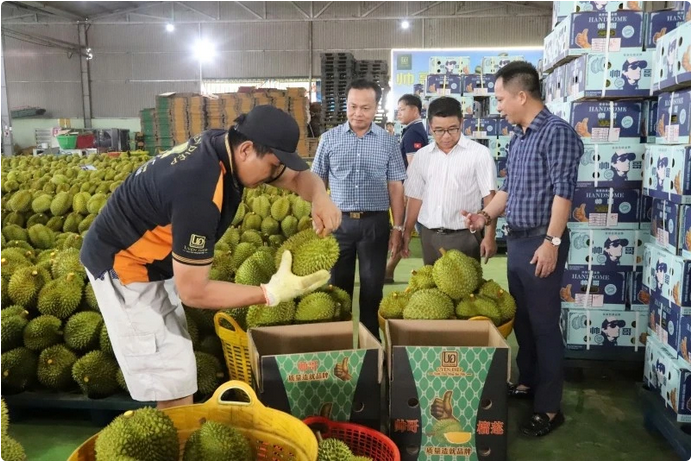 |
| Durian purchasing and packaging facility for export in Krong Pac district, Dak Lak province. (Photo: CONG LY) |
However, since the end of 2024, this product has continuously faced major challenges, from declining market demand, fierce competition from Thailand, Malaysia... to food safety control; use of growing area codes, packaging facilities..., requiring fundamental solutions for sustainable development.
Recently, the Prime Minister issued Official Dispatch No. 71/CD-TTg on a number of tasks to promote sustainable durian production and export to review and adjust the plan for developing durian growing areas in a concentrated, large-scale direction, facilitating the application of mechanization and high technology, meeting export standards, and protecting national agricultural product brands.
Production increases "hotly", exports decrease sharply
Mr. Huynh Tan Dat - Director of the Department of Cultivation and Plant Protection ( Ministry of Agriculture and Environment ) said: From 2015-2024, the durian area increased rapidly from 32,000 hectares to more than 178,000 hectares. Dak Lak, Lam Dong, Tien Giang, Dak Nong are the provinces with the largest durian areas in the country. In Dak Lak alone, the durian area has reached 388,000 hectares, accounting for 21.7% of the country's durian area.
The growth rate of durian output is about 126,000 tons/year. In 2024, durian output will reach more than 1.5 million tons. Vietnam's durian export value will increase rapidly after the signing of a protocol on phytosanitary requirements for durian exported from Vietnam to China in July 2022.
Accordingly, in 2022, the turnover will reach more than 277 million USD, in 2023 it will reach more than 2 billion USD; in 2024 it will reach more than 3 billion USD. Vietnam's main export market is China, accounting for 97.2% in 2024. However, since the end of 2024, fluctuations from the Chinese market have caused Vietnam's durian export activities to "shake".
In the first four months of 2025, Vietnam was still the second largest durian supplier to China, but there was a sharp decrease of 71.3% in volume and 74% in value compared to the same period in 2024, reaching only 12,924 tons with a value of 58.7 million USD.
According to the Department of Quality, Processing and Market Development (Ministry of Agriculture and Environment), the reason is partly due to China's demand for durian imports in the first quarter of 2025 decreasing by 46.5% in volume and 48.1% in value compared to the same period in 2024, reaching only 39,459 tons, with a value of 208 million USD.
In addition to the decrease in demand, Vietnam's durian exports to China are also greatly affected by China's quality control requirements. From the beginning of 2025, this country requires that Vietnam's durian export shipments must have test results for cadmium and the banned substance auramine O (also known as yellow o) on durian.
Mr. Nguyen Manh Hung - General Director of Nafoods Group Joint Stock Company said that in the coming time, China will still be a key market for Vietnamese durian, so it is necessary to improve the production, harvesting, preservation and deep processing processes to enhance the quality and value of products; strictly control the use of fertilizers and pesticides to ensure food safety, meeting the requirements of importers.
In addition, there should be a mechanism to support and encourage private enterprises to invest in product quality inspection and testing systems to make this work convenient and quick.
Perfecting the legal basis and chain control process
As one of the largest durian producing localities in the country, Dak Lak province currently has 268 growing area codes with an area of 7,500 hectares and 39 packaging facilities licensed for export.
Mr. Nguyen Thien Van - Acting Chairman of Dak Lak Provincial People's Committee said that the rate of growing areas and packaging facilities granted export codes in Dak Lak as well as the whole country is still low; the application of science and technology in production is still limited, leading to uneven durian quality; violations of food safety and fraud in the use of growing area codes and packaging facilities have affected the product brand...
“It is necessary to complete the legal basis, regulations, standards, processes and procedures for exporting durian to meet the requirements of the import market. In addition, establish food safety testing centers, plant quarantine centers and irradiation facilities in Dak Lak province to monitor and control the residue of active ingredients, creating favorable conditions for export activities. Move towards researching and developing a project to develop high-quality durian associated with building a national brand, in which Dak Lak province is a locality to replicate the model...”, Mr. Van suggested.
Regarding the testing laboratories for durian exported to China, according to the Department of Quality, Processing and Market Development, as of April 26, 2025, there were 16 cadmium testing laboratories and 9 yellow mold testing laboratories approved by China.
In the coming time, the Department will continue to review, receive registration dossiers, evaluate the designation of testing laboratories; review the sampling activities of affiliated units to ensure consistency on the principle of maximum use of resources of the entire system to create favorable conditions for people and businesses, reduce testing time and costs.
Faced with the challenges facing the sustainable development of the durian industry, Minister of Agriculture and Environment Do Duc Duy emphasized that the Ministry and specialized agencies have actively taken action, built processes, and completed technical documents to fully meet the strict requirements from China.
At the same time, work directly with the General Administration of Customs of China to resolve outstanding issues such as inspection procedures, customs clearance, control of growing area codes, and packaging facility codes, thereby facilitating Vietnam's durian export activities.
Regarding long-term orientation, Minister Do Duc Duy said that when identifying durian as a national strategic product, there must be adequate investment through thorough research to form a sustainable durian industry chain, from production, processing, consumption to building a national brand.
| According to the Department of Crop Production and Plant Protection (Ministry of Agriculture and Environment), on May 21, 2025, the General Administration of Customs of China continued to approve an additional 829 growing area codes and 131 packing facility codes for Vietnamese durian to be allowed to export to the Chinese market. The Department recommends that businesses and cooperatives strictly maintain production, packaging and quarantine processes in accordance with regulations registered with China. |
According to nhandan.vn
Source: https://baoapbac.vn/kinh-te/202506/giam-sat-toan-dien-chuoi-san-xuat-va-xuat-khau-sau-rieng-1044186/










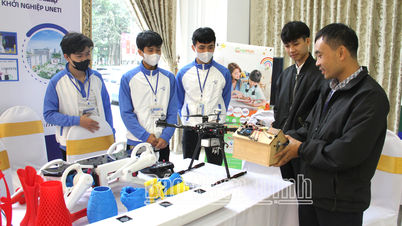

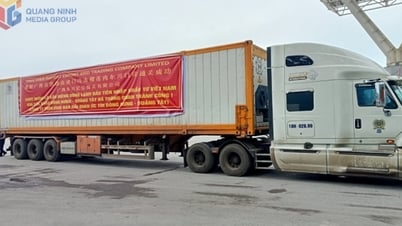
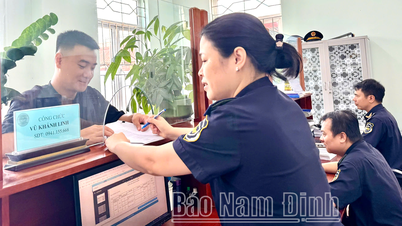








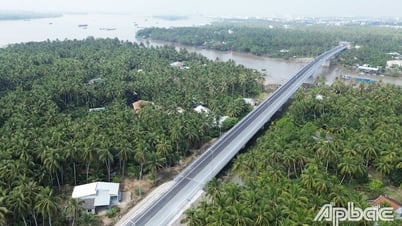

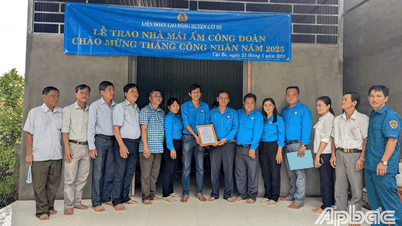

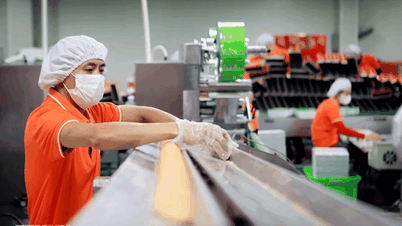
































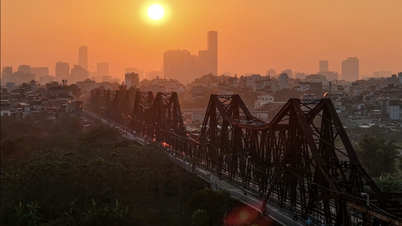

















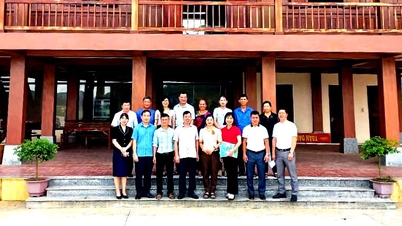

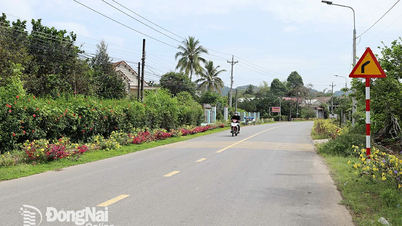
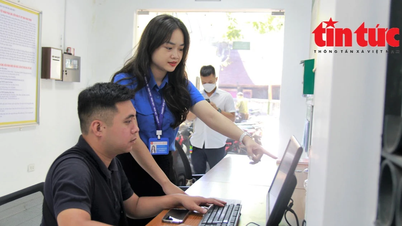

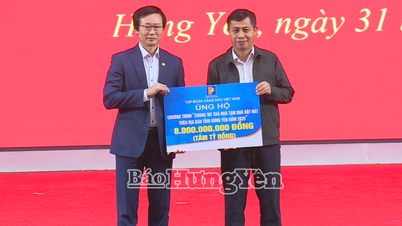












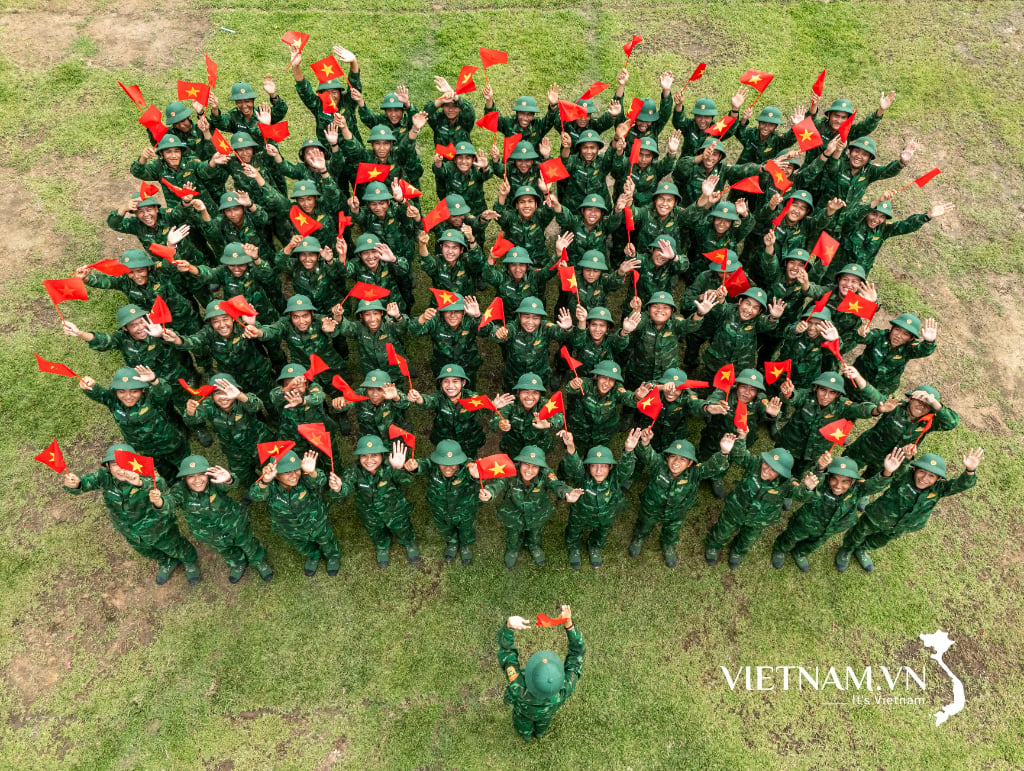
Comment (0)